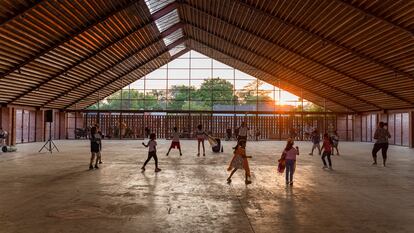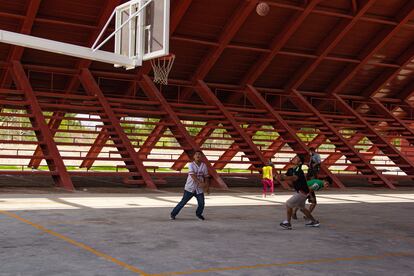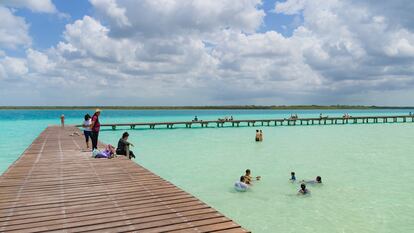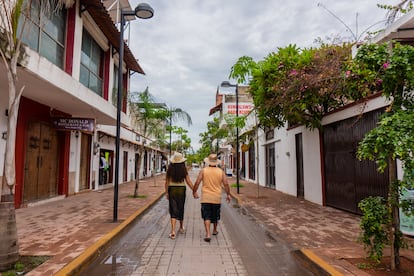The Obel Prize seeks to repair the world. Promoted by the Danish foundation that bears that name, this international recognition highlights architectural, urban, biological, technological or landscape projects that have already begun to transform it: the Water Graden, designed by Junya Ishigami in Japan, served to announce the award six years ago . The community set up in Bangladesh by Anna Heringer made it clear that collaboration with citizens could help provide housing to those who do not have it. Carlos Moreno’s 15-minute idea city implemented in Paris rewarded the recovery of neighborhood mobility to expel cars from urban centers. Other editions praised Seratec’s carbon-free concrete or the recovery of marine diversity.

Why does a foundation want to improve the world? Henrik Frode Obel (1942-2014) was a Danish businessman who loved the world. Coming from a family of tobacco producers and businessmen, he decided to explore the planet on his own and, at a very young age, left Aalburg, in the north of his country. For almost his entire life he lived outside Denmark in several countries around the globe. In Madrid, he created the company Madrid Pest Consultant, to deal with urban pests, which Rentokil would later buy. It was in Spain, and with the help of his friend Jørn Utzon, where he would begin to become interested in architecture. He would dedicate his fortune to restoring buildings and decide to leave it at the service of improving the world. On this basis, the Obel Prize was created which, in this sixth edition, has gone to the six works, completed in 36 months, designed by the group of architects C733 led by Gabriela Carrillo, Carlos Facio and José Amozurrutia (from the TO studio). , Eric Valdez (from Labg) and Israel Espin.

A jury composed of Kjetil Trædal Thorsen from the Danish studio Snøhetta; XU Tiantian of DnA _Design and Aechitecture; Wilhelm Vossenkuhl, professor emeritus at the Ludwig-Maximilians-University of München; Sumayya Vally of Johannesburg studio Counterspace; Louis Becker of the Danish architecture firm Henning Larsen Architects; Aric Chen, from the Nieuwe Instituut in Rotterdam; and Nathalie de Vries, from the Dutch studio MVRDV, sums it up simply: “The focus is on designing con communities, rather than simply to they. “This underscores the importance of an inclusive and community-oriented architecture to address the urgent and growing vulnerabilities of both people and the planet.”
Thus, by designing together, with a fluctuating group of citizens, and by using their own skills to build the shared places, together they managed to assemble a multidisciplinary team of consultants, and managed to reduce a process that could previously take years to just a few months. , something practically unprecedented in the current standards of the architectural industry.

What is finished in Mexico is a beginning. The pedestrian streets, the market or the Bacalar Ecopark, in Quintana Roo; the clinic and the new elementary school of Ayoxuxtla, in Puebla; the plaza, the sports center or the new library of Xpujil, in Campeche; the Guadalupe Market in Tapachula, in Chiapas; or the Nacajuca music house, in Tabasco are, beyond a civic achievement, a legacy: a beacon that points to teamwork. These interventions demonstrate the citizen’s involvement in the construction of a neighborhood and indicate the possibility that state institutions build a bridge between real needs and quick solutions, capable of helping those who lack housing not only survive but also live better. a lot. The architects have worked collaboratively among themselves, with various groups of citizens and together with the Secretariat of Agrarian, Territorial and Urban Development of Mexico (SEDATU) in these 36 revitalization projects of vulnerable areas throughout the country conceived, designed and built in less than three years: 36 projects in 36 years as humble as they are audacious and therefore transformative.

